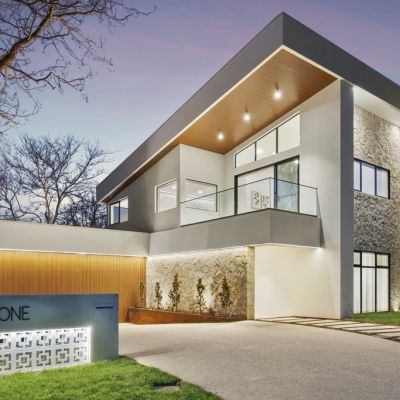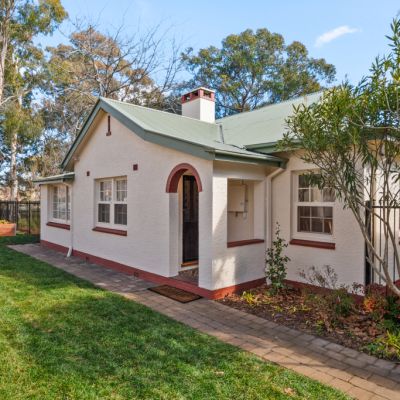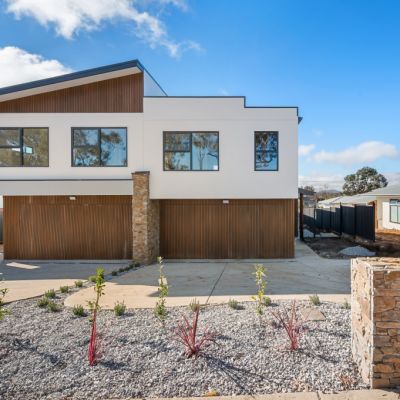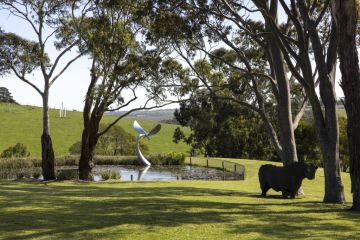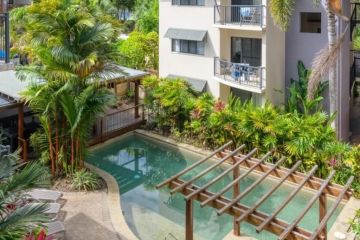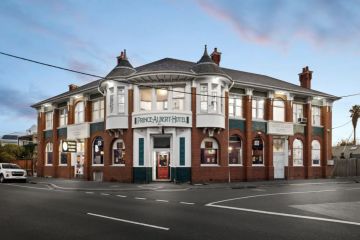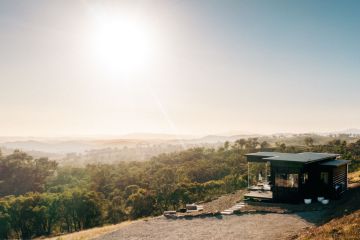Meeting a new standard: What ACT's energy changes mean and why this 8.2-star home is a blueprint
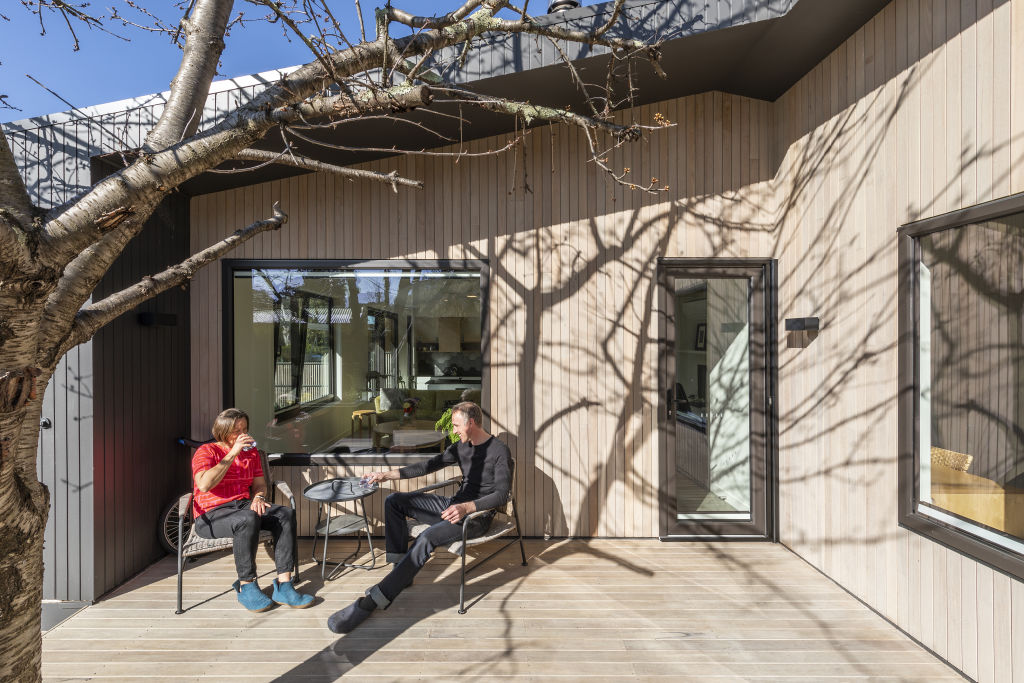
It wasn’t that long ago that a home’s green credentials in Australia were a novel curiosity – a “nice-to-have” feature for a select, environmentally conscious and forward-thinking few.
However, over the past couple of decades, environmentally responsible and sustainable housing has become increasingly mainstream nationwide, driven by heightened consumer awareness and demand, stricter building regulations, and ambitious net-zero targets.
In the ACT, the very design of entire suburbs, such as Whitlam in the Molonglo Valley, now focuses on maximising passive solar gain to minimise energy consumption.
Future stages will also be gas-free – in line with the government’s plans to implement a complete gas phase-out by 2045 – which should further reduce household costs for those with rooftop solar.
When given a choice, two-thirds of Australian home buyers would choose an energy-efficient home over a comparable standard dwelling, according to the 2025 Domain Sustainability in Property Report.
Listing data from Domain backs this up: almost one in two homes now flag at least one energy-efficient attribute in their property listings.
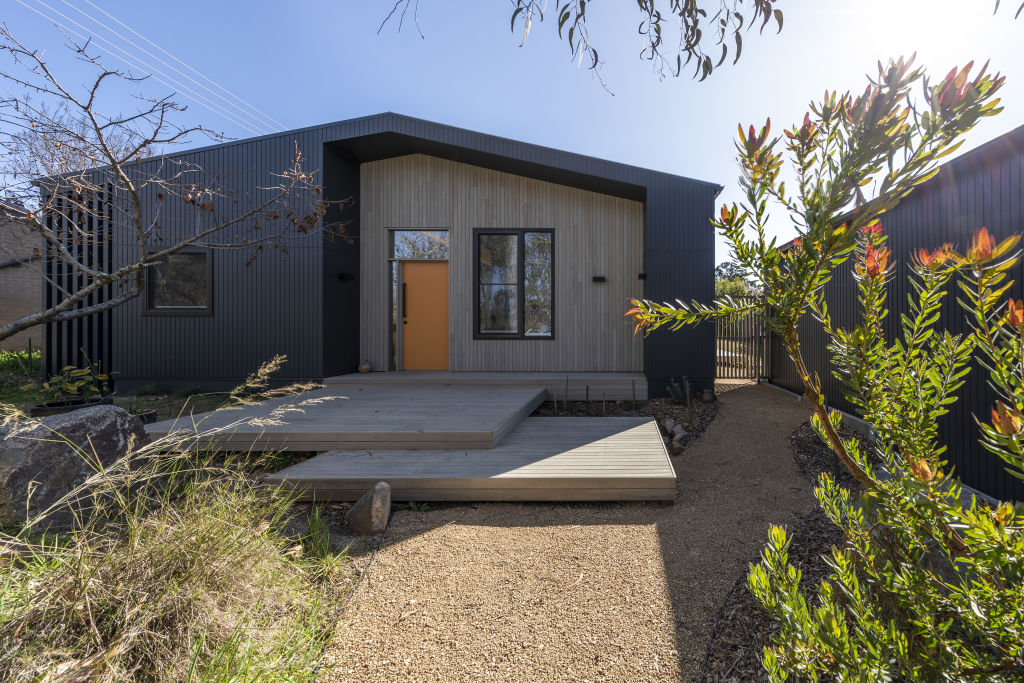
The green shift is no longer a future forecast. The desire for lower house running costs, increased comfort, and a preference for minimising environmental impact is shaping how we value and choose a property.
Energy-efficiency premiums
According to the Domain report, over half of all houses (52.2 per cent) and more than a third of units (39.1 per cent) sold nationwide this year had energy-saving features mentioned in their listings, a significant increase over the past five years.
Solar remains the most common feature, found in nearly 38 per cent of houses sold, as home owners embrace long-term energy cost savings.
This trend addresses a critical issue, as residential properties consume around 24 per cent of the nation’s electricity, largely due to poor thermal performance.
Energy-efficient homes offer a proven pathway to reduce consumption, enhance liveability, and shield households from volatile energy prices.
Light House ArchiScience director Jenny Edwards, who is a scientist and licensed ACT building energy efficiency assessor, says it pays to look at the Energy Star ratings as performance can vary widely.
“To put things into perspective, an eight-star design requires half as much energy per square metre as a six-star design for annual heating and cooling,” she says.
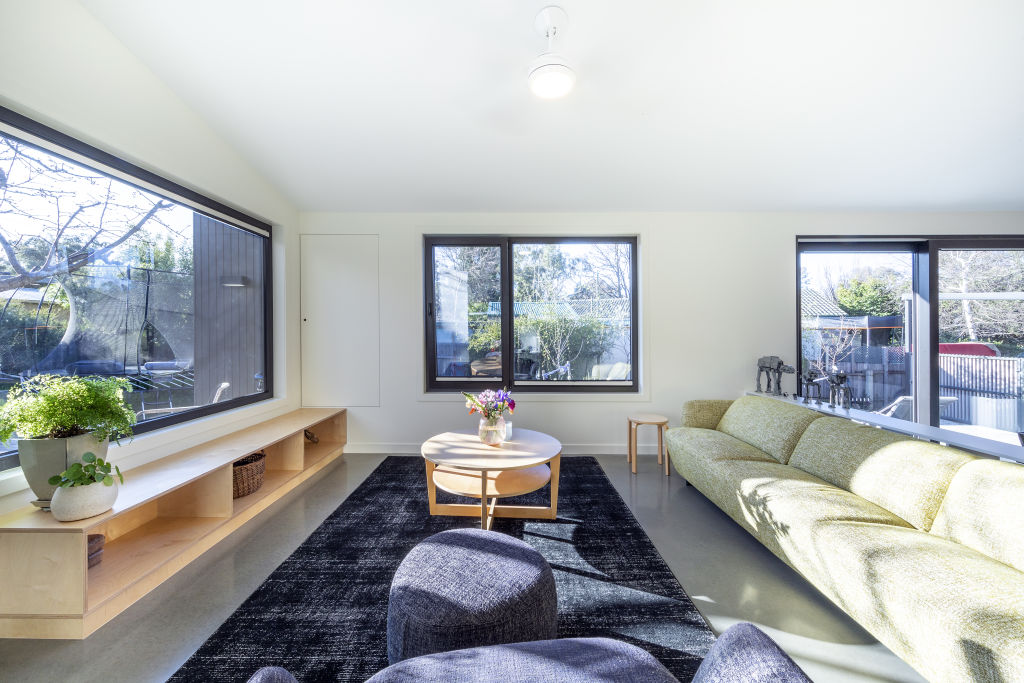
“An eight-star design requires 30 per cent less energy than a seven-star design. It really is worth shooting for the stars.”
The financial incentives for energy-efficient housing are equally compelling. The Domain report shows that, in Canberra, an energy-efficient house attracts a 10 per cent price premium ($94,000), while units command a remarkable 17.6 per cent per cent difference ($84,000).
Edwards believes energy efficiency not only saves on energy bills but also improves your comfort, and therefore your physical and mental health.
“Your home is the place you spend the most time with the people you love – it is worth getting right,” she says. “Nobody regrets having a home that is warm over winter and cool over summer without relying on air-conditioning.”
Shifting building regulations for new homes
As part of the ACT government’s plan to transition from fossil fuels, the capital was the first jurisdiction to announce that all new residential buildings would be all-electric from 2024.
According to the Housing Industry Association‘s chief executive of industry policy, Simon Croft, recent building regulations are reshaping new homes in Canberra.
“The National Construction Code (NCC) 2022 contained substantive changes for all new homes and major renovations for the ACT,” he says.
“This included increasing the energy rating to seven stars under NatHERS and incorporating a new ‘whole of home’ requirement to control the collective energy usage of fixed appliances, including hot-water systems, heating and air-conditioning, lighting, and swimming pool and spa [heaters and pumps].”
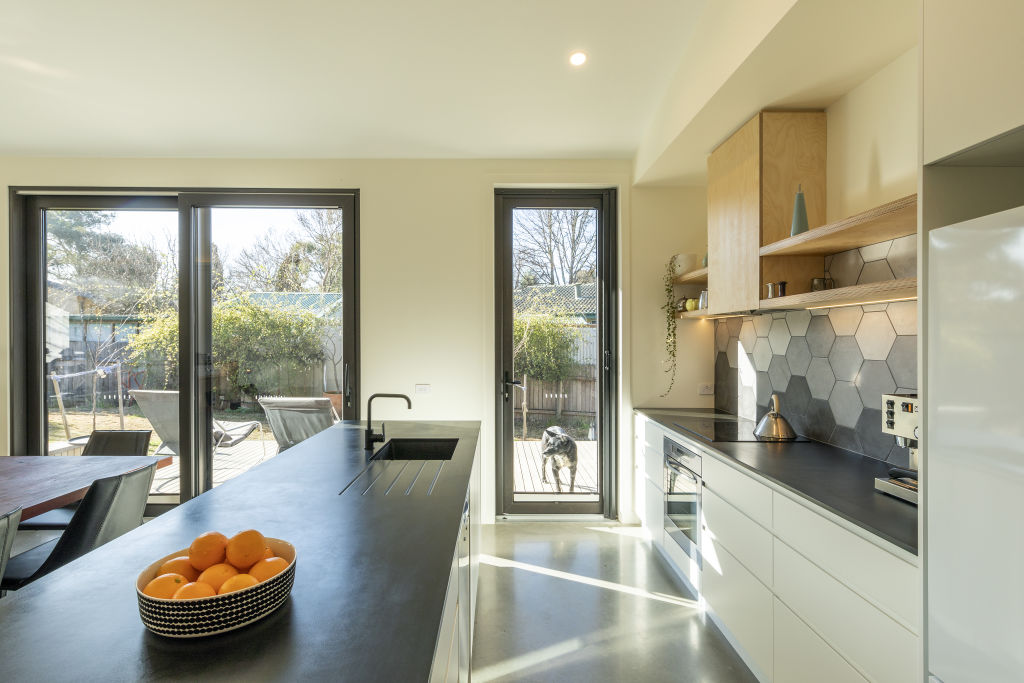
The next iteration of the code, expected later this year, will push this further. Croft anticipates it will “introduce new requirements to pre-provision homes to enable the future installation of EV charging equipment”.
This means new houses will require pre-run cables into garages and provision in switchboards for charging equipment, a change that follows similar requirements for new apartments.
“The changes in NCC 2025, and those happening here in the ACT, are part of the broader transition to the electrification of buildings,” Croft says.
“We’re already seeing more buildings and owners shifting to all-electric homes, and this will see our future homes less reliant on the electricity grid.”
Croft predicts Canberrans will continue the uptake of solar panels, battery storage and heat pump systems following a new $2.3 billion federal home battery subsidy initiative.
“This scheme provides home owners with a 30 per cent discount off the upfront cost of household batteries,” he says. “I’m sure this will be popular with ACT households.”
Spotlight on Biraban House
While new building codes are setting a higher benchmark for energy efficiency, industry experts argue that the key to creating truly exceptional homes lies in treating sustainability as a core design principle.
Edwards, whose firm is behind hundreds of sustainable Canberra projects, says home owners who are planning a new build should aim higher than the minimum standards.
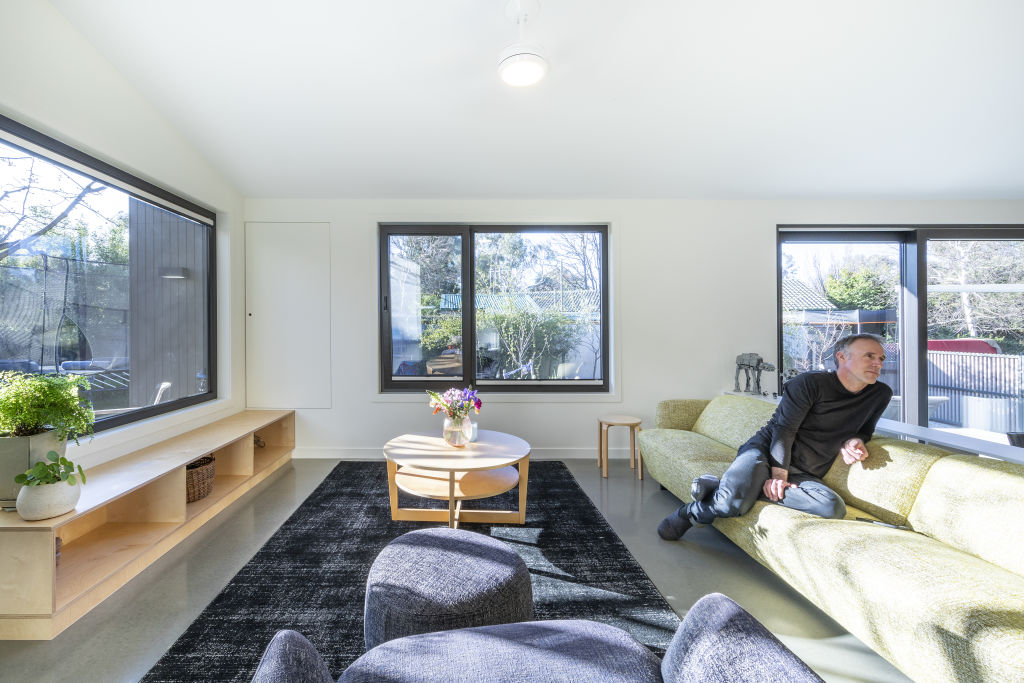
She warns against the common pitfall of prioritising floor plans and aesthetics over energy efficiency.
“Thinking about energy efficiency at the end can prove costly,” Edwards explains. “Simple tweaks to orientation, layout and window position [early on] can mean the home exceeds minimum standards at no extra cost.”
Her advice is to start with the sun: “Think hard about making the most of the low-angled northern sun in winter. Every square metre of window that the sun hits is equivalent to a one-kilowatt radiator inside your home. In our cold, but often sunny, Canberra winters, that is a lot of free heat.”
Edwards recommends using energy modelling software early in the process as it is a “really powerful” design tool that can “massively improve the comfort and reduce the energy needs of your home”.
A shining example of this philosophy is the firm’s Biraban House in Macquarie, which was completed by Brother Projects in 2021.
The knock-down rebuild, which achieved an 8.2-star energy rating, features a dynamic interplay of materials, starting with an eye-catching facade of sustainable Weathertex panels and warm blackbutt timber before adding contrasting dark-grey Colorbond and a playful yellow front door.
Owner Emily Walter says the home’s solar-passive design and 10-kilowatt solar system mean the family of four haven’t had an electricity bill since moving in.
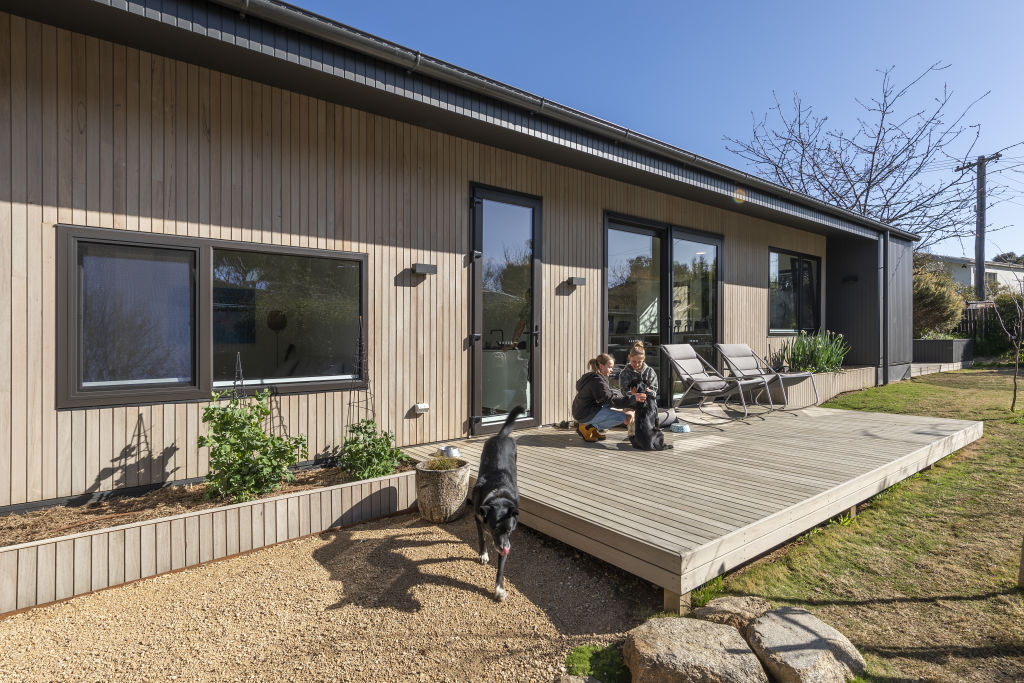
“It is such a comfortable home,” she says. “In summer, it’s cool inside, and in winter, it just feels warm. Even on the coldest mornings, we don’t need to turn on our heating.”
The design process was meticulous. Light House oriented the three-bedroom, two-bathroom house to be north-facing, while polished concrete floors and UPVC double-glazed windows help to regulate internal temperatures.
The build was designed around an existing tree that is now a focal point in the view from the main open-plan living room.
Walter says building a sustainable home aligned with their values, but they didn’t require anything overly large. Their new home needed to be functional with enough space for a family of four (and two dogs) for the long term, with options to work from home.
She says the long planning stage was a worthwhile investment that delivered a home that’s both practical and beautiful, and adds, “I haven’t found anything that I would change.”
Walter’s experience underscores Edwards’ core message: comfort and efficiency are not mutually exclusive from great design.
“Your thermal comfort and your energy bills will affect your quality of life just as much, if not more, than the aesthetics,” Edwards says. “Highly sustainable and energy-efficient homes can still look and function fabulously.”
The combination of strong buyer demand, government regulation and industry innovation proves that sustainability is no longer a “nice-to-have” – it’s an essential component of a modern Canberra home.
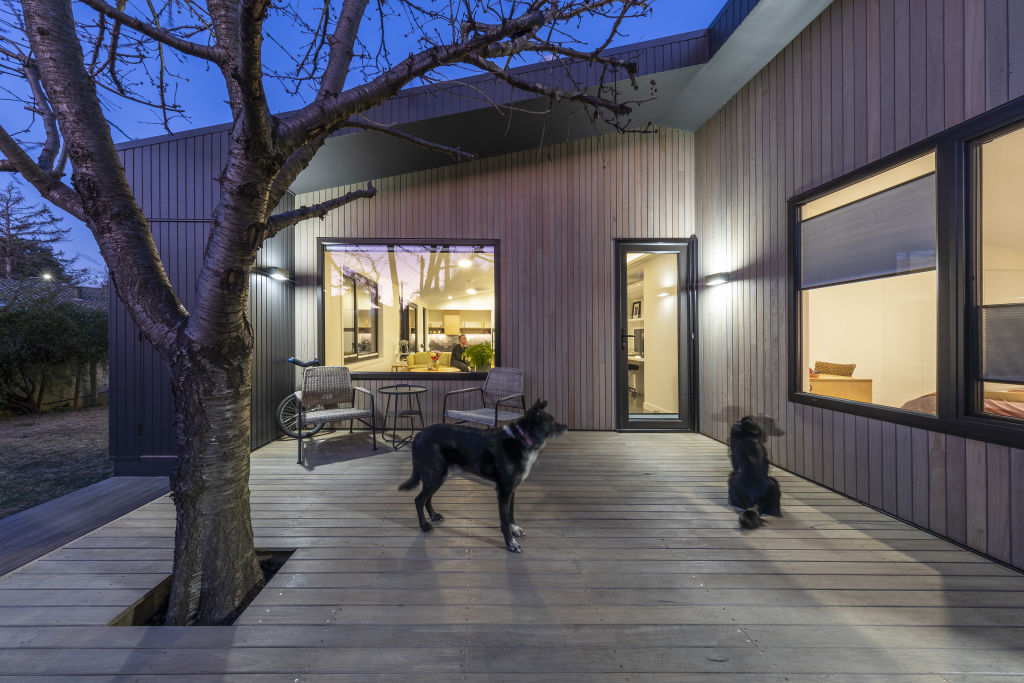
We recommend
We thought you might like
States
Capital Cities
Capital Cities - Rentals
Popular Areas
Allhomes
More
- © 2025, CoStar Group Inc.
